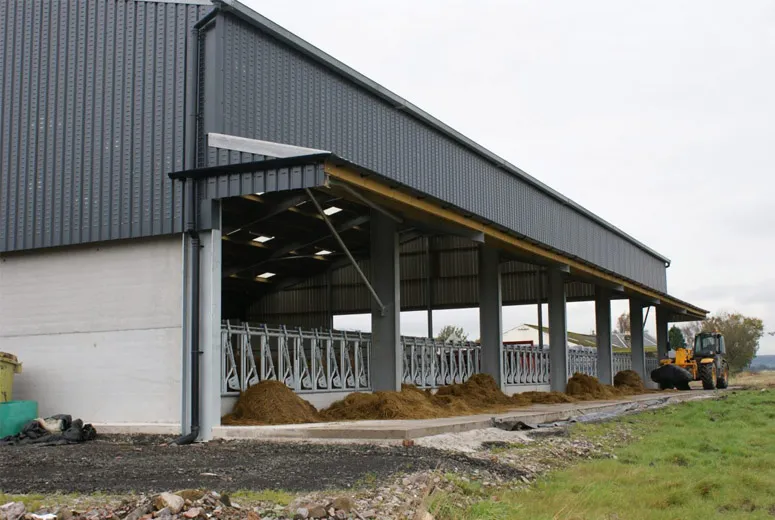- Afrikaans
- Albanian
- Amharic
- Arabic
- Armenian
- Azerbaijani
- Basque
- Belarusian
- Bengali
- Bosnian
- Bulgarian
- Catalan
- Cebuano
- Corsican
- Croatian
- Czech
- Danish
- Dutch
- English
- Esperanto
- Estonian
- Finnish
- French
- Frisian
- Galician
- Georgian
- German
- Greek
- Gujarati
- Haitian Creole
- hausa
- hawaiian
- Hebrew
- Hindi
- Miao
- Hungarian
- Icelandic
- igbo
- Indonesian
- irish
- Italian
- Japanese
- Javanese
- Kannada
- kazakh
- Khmer
- Rwandese
- Korean
- Kurdish
- Kyrgyz
- Lao
- Latin
- Latvian
- Lithuanian
- Luxembourgish
- Macedonian
- Malgashi
- Malay
- Malayalam
- Maltese
- Maori
- Marathi
- Mongolian
- Myanmar
- Nepali
- Norwegian
- Norwegian
- Occitan
- Pashto
- Persian
- Polish
- Portuguese
- Punjabi
- Romanian
- Russian
- Samoan
- Scottish Gaelic
- Serbian
- Sesotho
- Shona
- Sindhi
- Sinhala
- Slovak
- Slovenian
- Somali
- Spanish
- Sundanese
- Swahili
- Swedish
- Tagalog
- Tajik
- Tamil
- Tatar
- Telugu
- Thai
- Turkish
- Turkmen
- Ukrainian
- Urdu
- Uighur
- Uzbek
- Vietnamese
- Welsh
- Bantu
- Yiddish
- Yoruba
- Zulu
Oct . 18, 2024 17:41 Back to list
The Future of Construction 3D Steel Building Design
In recent years, the landscape of architectural design and construction has undergone a dramatic transformation, largely propelled by advancements in technology. One of the most significant innovations is the rise of 3D steel building design, which has revolutionized the way we conceptualize, plan, and execute construction projects. This article explores the benefits, applications, and future potential of 3D steel building design.
Understanding 3D Steel Building Design
3D steel building design refers to the use of three-dimensional modeling software to create detailed digital representations of steel structures before they are constructed. Unlike traditional design methods, which often involve intricate 2D drawings, 3D modeling allows architects and engineers to visualize the entire structure in a realistic context. This includes the ability to simulate various scenarios, assess structural integrity, and streamline the overall design process.
Advantages of 3D Steel Building Design
1. Enhanced Visualization One of the primary benefits of 3D steel design is the enhanced visualization it provides. Stakeholders can see the project from multiple angles, making it easier to communicate ideas and make informed decisions. This level of clarity helps to reduce misunderstandings and ensures that everyone involved has the same vision for the project.
2. Improved Collaboration 3D modeling fosters better collaboration among architects, engineers, and construction teams. These professionals can work on a unified platform, making real-time adjustments and sharing insights instantly. This collaborative environment is particularly vital in large projects where coordination among various disciplines is essential.
3. Faster Decision-Making With 3D steel building design, the decision-making process is significantly expedited. Changes can be easily implemented and visualized, allowing teams to evaluate the impact of modifications swiftly. This agility can lead to reduced project timelines and lower costs.
4. Cost Efficiency By identifying potential issues early in the design process, 3D modeling can help prevent costly changes during construction. This preemptive approach also aids in optimizing material usage, minimizing waste, and reducing overall project expenses.
3d steel building designer

5. Enhanced Accuracy Traditional design methods often leave room for human error, which can lead to costly mistakes during construction. The precision inherent in 3D modeling allows for more accurate measurements and specifications, resulting in a higher-quality final product.
Applications of 3D Steel Building Design
3D steel building design has vast applications across various sectors. In commercial construction, it is increasingly used in the design of high-rise buildings, warehouses, and industrial facilities. Its ability to accommodate complex structural elements and create innovative designs makes it an invaluable tool in modern architecture.
Moreover, the technology is also finding its way into residential projects. Architects are using 3D steel modeling to create custom homes that are not only aesthetically pleasing but also structurally sound. The flexibility of steel as a building material allows for innovative designs that can be rapidly prototyped using 3D modeling tools.
The Future of 3D Steel Building Design
As technology continues to evolve, the future of 3D steel building design looks promising. The integration of artificial intelligence, machine learning, and virtual reality is expected to further enhance the design process, allowing for even more sophisticated simulations and analyses.
Moreover, as sustainability becomes an increasingly pressing concern in the construction industry, 3D modeling can assist in creating energy-efficient designs. By analyzing a building's environmental impact during the design phase, architects and engineers can develop structures that reduce carbon footprints and optimize energy consumption.
Conclusion
The adoption of 3D steel building design is undoubtedly reshaping the construction industry. Its multitude of advantages, from enhanced visualization and collaboration to cost efficiency and accuracy, make it an indispensable tool for modern architects and engineers. As technology advances and the demand for innovative structures grows, the potential for 3D steel building design is boundless. Embracing these changes will not only improve the construction process but will also contribute to building a more sustainable and efficient future.
-
How Do Prefabricated Steel Structures Transform Modern Construction?
NewsJul.14,2025
-
How Do Prefabricated Metal Buildings Redefine Modern Construction?
NewsJul.14,2025
-
How Do Prefab Insulated Metal Buildings and Steel Structures Revolutionize Modern Construction?
NewsJul.14,2025
-
How Do Pre - Engineered Steel Structures Redefine Modern Construction?
NewsJul.14,2025
-
Advancing Modular Construction with Prefabricated Metal Structures
NewsJul.14,2025
-
Advancing Industrial Infrastructure with Prefabricated Steel Solutions
NewsJul.14,2025
Products categories
Our Latest News
We have a professional design team and an excellent production and construction team.












